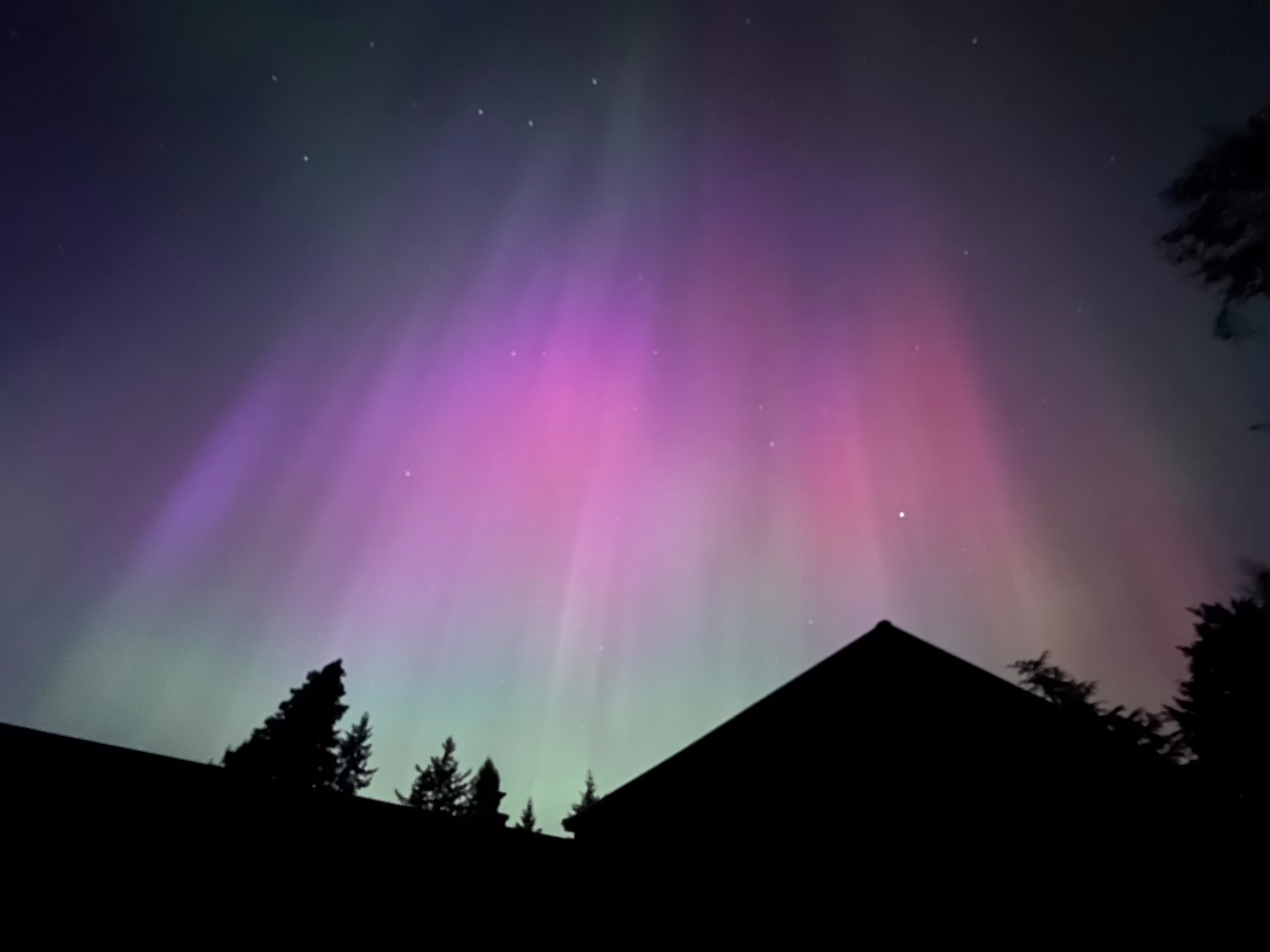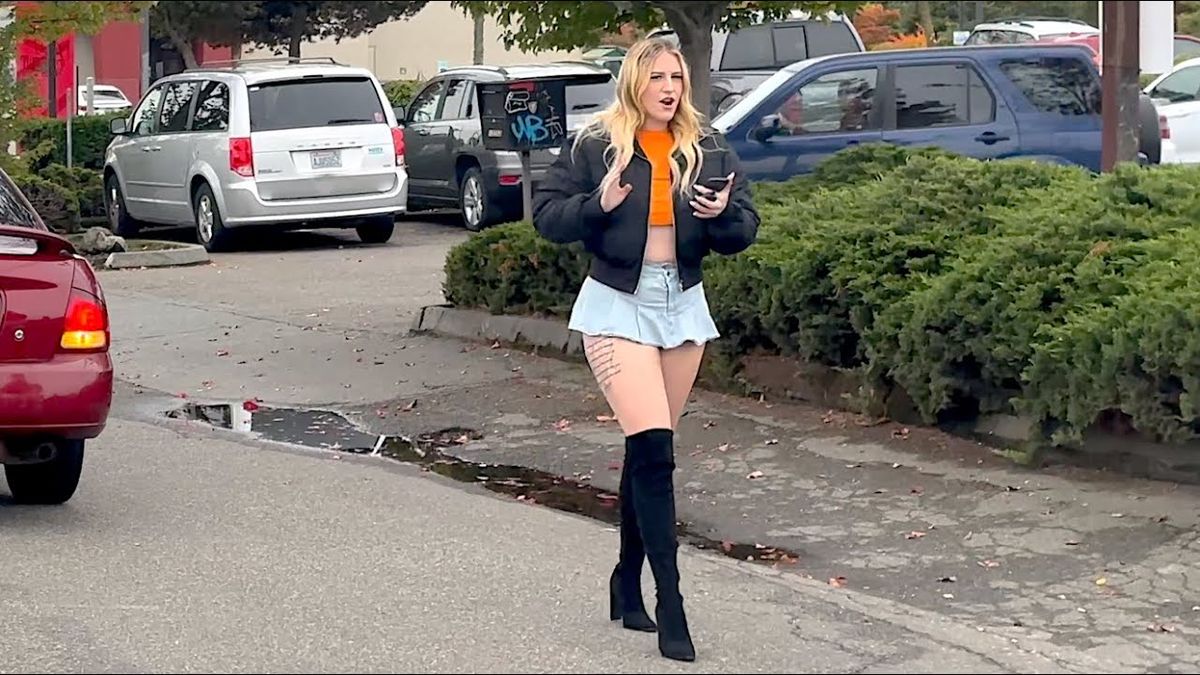Have you ever imagined seeing the aurora borealis right in Seattle? Well, hold onto your hats because this magical phenomenon is closer than you think. Aurora in Seattle might sound like a dream, but it’s a reality that skywatchers and nature lovers are buzzing about. Whether you’re a local or just visiting, witnessing the northern lights in Seattle is an experience that will leave you breathless.
Imagine this: you’re standing under a dark sky, the city lights dimming in the distance, and suddenly, vibrant green and purple hues dance across the heavens. It’s not just a spectacle; it’s a reminder of the universe’s grandeur. While Seattle isn’t exactly known for its clear skies, the possibility of catching the aurora here makes it all the more exciting.
So, why is this celestial event happening in Seattle? What conditions make it possible, and how can you prepare to witness this once-in-a-lifetime event? Stick around, and we’ll break it down for you in a way that’s easy to digest—no science degree required. Let’s dive in!
Read also:Trek Coffee Co Your Ultimate Coffee Haven
Understanding Aurora in Seattle
Let’s get one thing straight: auroras aren’t exclusive to the Arctic Circle anymore. While they’re typically associated with places like Alaska or Norway, Seattle has its own share of auroral activity. But what exactly causes these mesmerizing lights?
What Are Auroras?
Auroras occur when charged particles from the sun collide with Earth’s atmosphere. Think of it as a cosmic dance between solar winds and our planet’s magnetic field. These interactions produce stunning displays of light in shades of green, pink, and purple. In Seattle, the chances of seeing an aurora depend on several factors, including solar activity and weather conditions.
Fun fact: Auroras have been observed as far south as Seattle during periods of intense solar storms. So, even though the city isn’t located near the polar regions, the right conditions can bring the northern lights to your backyard.
Why Seattle?
Seattle’s location might seem unlikely for auroral activity, but its proximity to the northern hemisphere’s auroral oval makes it a potential hotspot. The auroral oval is a region around the poles where auroras are most commonly seen. When solar storms are strong enough, the auroral oval expands southward, giving Seattleites a chance to witness this natural wonder.
Another reason Seattle is a great spot for aurora hunting is its relatively dark skies. Sure, the city has its fair share of light pollution, but if you head out to the suburbs or nearby parks, you’ll find plenty of dark spots to enjoy the show.
When Can You See Aurora in Seattle?
Timing is everything when it comes to auroras. You won’t just stumble upon them on a random night—unless you’re incredibly lucky. To increase your chances, here’s what you need to know:
Read also:Olive Amp Sage A Whiff Of Timeless Elegance And Flavor
Seasonal Patterns
Auroras are more likely to occur during the winter months, especially between September and April. Why? Because the nights are longer, giving you more time to spot the lights. Plus, the colder temperatures often mean clearer skies, which is ideal for stargazing.
- September to November: Early autumn brings crisp air and fewer clouds, perfect for aurora watching.
- December to February: Winter offers the longest nights of the year, increasing your chances of catching the aurora.
- March to April: Spring might bring some clouds, but the transition period can still offer stunning displays.
Tracking Solar Activity
Solar storms are the driving force behind auroras. When the sun releases a burst of energy, it sends charged particles hurtling toward Earth. These particles interact with our atmosphere, creating the dazzling light show we call auroras. To predict when an aurora might occur, scientists monitor solar activity using tools like the Kp index.
The Kp index measures geomagnetic activity on a scale of 0 to 9. A reading of 5 or higher indicates a high probability of auroras, even in places like Seattle. Websites like SpaceWeather.com and apps like My Aurora Forecast can help you stay updated on solar activity and auroral predictions.
Best Spots to See Aurora in Seattle
Now that you know when to look, let’s talk about where to look. Seattle offers several great locations for aurora viewing, depending on your preference for urban or rural settings. Here are some top picks:
Urban Viewing Spots
If you’re short on time or don’t feel like driving, these city locations are worth checking out:
- Gas Works Park: This iconic park offers unobstructed views of the northern sky, making it a popular spot for aurora enthusiasts.
- Discovery Park: With its vast open spaces and minimal light pollution, Discovery Park is a great choice for city dwellers.
Rural Escapes
For a more immersive experience, consider heading out of town to these darker locations:
- North Cascades National Park: Located a few hours north of Seattle, this park offers pristine dark skies and breathtaking scenery.
- Rattlesnake Lake: Just east of Seattle, Rattlesnake Lake provides a peaceful setting for stargazing and aurora hunting.
Tips for Aurora Hunting in Seattle
Seeing an aurora isn’t just about being in the right place at the right time. It’s also about preparation. Here are some tips to maximize your chances of success:
Check the Weather
Clear skies are essential for aurora viewing. Before heading out, check the weather forecast for cloud cover and visibility. Apps like Clear Outside can provide detailed information on sky conditions.
Get Away from Light Pollution
While Seattle’s urban areas offer convenience, they’re not ideal for aurora hunting. Try to find a location with minimal light pollution for the best viewing experience.
Bring the Right Gear
Pack a few essentials to make your aurora adventure more comfortable:
- Warm Clothing: Winter nights can be chilly, so dress in layers to stay warm.
- Camera: If you want to capture the aurora, bring a camera with manual settings for long exposures.
- Red Flashlight: A red light helps preserve your night vision while navigating in the dark.
Photographing Aurora in Seattle
Capturing the aurora on camera is both an art and a science. Here’s how you can take stunning photos of this celestial phenomenon:
Camera Settings
For the best results, use a DSLR or mirrorless camera with the following settings:
- Aperture: Set to the lowest value (e.g., f/2.8) for maximum light intake.
- ISO: Start at 800 and adjust as needed for optimal brightness.
- Shutter Speed: Use a range of 10-30 seconds for long exposures.
Post-Processing Tips
Once you’ve captured your aurora photos, you can enhance them using software like Adobe Lightroom or Photoshop. Adjust the white balance, contrast, and saturation to bring out the colors and details of the aurora.
Scientific Insights into Aurora in Seattle
For those who want to dive deeper into the science behind auroras, here’s a quick overview:
The Physics of Auroras
Auroras are caused by the interaction of solar particles with Earth’s magnetic field. When these particles collide with atmospheric gases, they release energy in the form of light. Oxygen produces green and red hues, while nitrogen creates blue and purple colors.
Historical Significance
Auroras have fascinated humans for centuries. Indigenous cultures in the Arctic have their own myths and legends about the lights, often viewing them as spiritual or supernatural phenomena. Even today, auroras continue to inspire awe and wonder in those fortunate enough to witness them.
Environmental Impact of Aurora in Seattle
While auroras themselves don’t have a direct impact on the environment, they do serve as a reminder of our planet’s connection to the universe. Studying auroras helps scientists understand Earth’s magnetic field and the effects of solar activity on our atmosphere.
In addition, aurora tourism can have both positive and negative effects on local ecosystems. On one hand, it promotes environmental awareness and conservation efforts. On the other hand, increased foot traffic in sensitive areas can disrupt wildlife and vegetation.
Conclusion: Don’t Miss the Aurora in Seattle
Witnessing an aurora in Seattle is an unforgettable experience that connects you to the wonders of the universe. By understanding the science behind auroras and preparing properly, you can increase your chances of seeing this magical phenomenon.
So, what are you waiting for? Grab your camera, bundle up, and head out to one of Seattle’s best viewing spots. And don’t forget to share your photos and stories with the world. After all, the aurora is a reminder that even in the darkest nights, there’s always a chance for something beautiful to happen.
Table of Contents
- Understanding Aurora in Seattle
- When Can You See Aurora in Seattle?
- Best Spots to See Aurora in Seattle
- Tips for Aurora Hunting in Seattle
- Photographing Aurora in Seattle
- Scientific Insights into Aurora in Seattle
- Environmental Impact of Aurora in Seattle
- Conclusion


